From the Medicinal Plant
to the Holistic Medicinal Product.
Since medicinal plants are living organisms capable of reacting, transforming them into medicinal products is not a matter of method and equipment alone. The relationship between human being and plant is also of great import. In our view, a respectful attitude, an appropriate work rhythm and an unhurried approach are no less important than the manufacturing method to ensuring that the potential of medicinal plants is developed to the greatest possible extent.
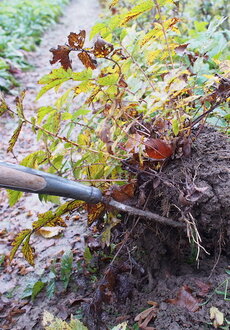
There is a long tradition of the manufacture of plant-based medicinal products. While the mechanism of action of a plant used to be seen primarily as an immaterial arcanum, over the last century – under the influence of the natural sciences – an increasingly material-oriented view has taken hold. Accordingly, modern manufacturing methods tend to be geared primarily towards optimizing the material mechanisms of action. It would not be appropriate to present these two perspectives as rival viewpoints. Each is legitimate in its own way, yet both – to the extent that they aspire to exclusive validity – are incomplete. Ceres endeavours to use its manufacturing methods to integrate both mechanisms of action, the material and the immaterial.
Respect for the living being that is the medicinal plant – Respect for scientific knowledge
Ceres’ employees, and those of the growers who supply us, strive to perform their work with an attitude of respect and gratitude toward nature and toward the living beings (the plants) they work with. We seek to draw inspiration from the secrets (often still undiscovered) of the medicinal plants. At the same time, we respect the knowledge we owe to modern scientific research, and we take it into account in all of our processes, from plant cultivation all the way through to the bottling of the finished products.
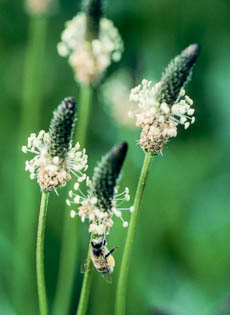
Ceres helps medicinal plants
to develop their efficacy to the fullest.
The methods that Ceres uses, new and yet at the same time so old, are based on a multistage process that takes more than two years. The material and immaterial mechanisms of action of a medicinal plant are developed and combined during four phases of a transformation process.
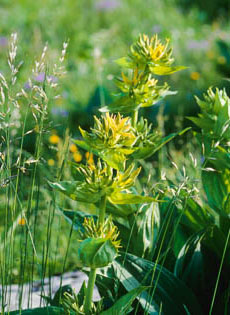
Quality of location at the start of the process
Most of our medicinal plants are very well suited for cultivation by human beings. It goes without saying that we use only plants from certified organic or Demeter-certified bioorganic growers. All of our fresh-plant suppliers –with the exception of one located in the Swiss canton of Ticino for reasons of climate – are cultivators from the environs of our production sites, in Kesswil by Lake Constance (Thurgau) and in Nax (Valais). However, there are some plants whose habitat requirements render them unsuitable for cultivation. These are collected by our wild-plant harvesters at sites known to us. Most of these wild-plant sites are in the area between Lake Constance and Graubünden or in Valais and they are subject to the same quality requirements that apply for certified organic cultivation. We obtain the permission of the land owners to harvest the wild plants and we never take enough to jeopardize the natural processes of plant population renewal at a given site.
Harvesting at the right time
The choice of harvest time is crucial for the quality and effectiveness of a medicinal plant. In many cases a plant’s mechanisms of action are only fully manifested during a few days of its life cycle, which places great demands on our employees in terms of availability and willingness to work. We determine the optimal harvest time on the basis of many years of experience. The harvesting itself is always performed by hand. A rather hectic pace is unavoidable at times, for instance when the harvest has to be completed before an approaching storm arrives. Frequently, the plants at a given site do not all bloom at the same time. In such cases, we harvest only those plants that have reached the state in which their mechanisms of action have fully developed, and we wait to harvest the others until their time comes. To ensure that we attain the optimum results, we always consider all of the factors that can affect plant quality, e.g. developmental stage, weather and lunar phase, in our decision-making process.
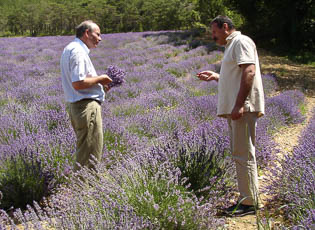
Nature determines the chronological sequence, the rhythm
All of the manufacturing processes that follow are tied to specific time spans. Ceres respects the natural rhythm throughout all of the phases of becoming. Natural transformation processes are fostered, not accelerated. After undergoing a maturation phase of two to three years in the tincture storage facility, the medicinal products are released for sale. A product intended to help people find harmony and improve health must itself have developed along a harmonious and healthy path.
Painstakingly developing the efficacy of medicinal plants
Once harvested, the plants are chopped by hand. This gentle approach protects the mechanisms of action which would suffer in machine crushing.
Doing this work by hand also gives us the opportunity to touch the medicinal plants and sense their vitality, enjoy their scent and admire their beauty
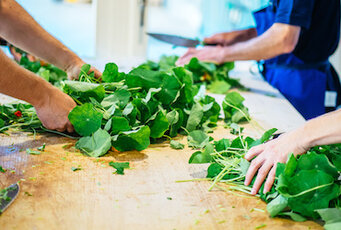
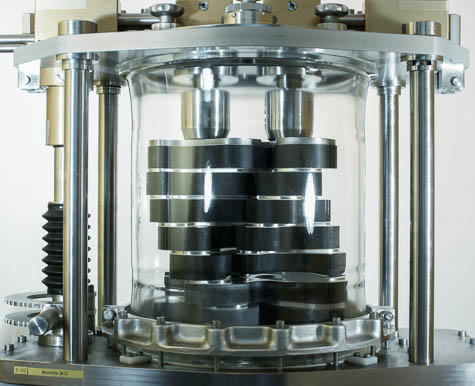
The Ceres mortar grinder
Once they have been carefully chopped, the medicinal plants undergo the next stage of their processing in the Ceres grinder, to which alcohol and water are added. This mortar-grinding process is a recently introduced procedure. Traditional manufacturers of medicinal products recognized that the use of a mortar enabled them to tap the full potential of medicinal plants. The mortar processing releases mechanisms of action that are based on subtle bodies as well as those based on chemical active ingredients. However, rubbing a plant in a classic hand mortar is often associated with the loss of active and aromatic substances to processes of oxidation and dissipation. For this reason, we at Ceres use a mortar grinder developed especially for the purpose that allows grinding to take place in a closed system with the air sealed out. This stage of processing in the Ceres mortar grinder takes between 15 and 20 minutes, depending on plant consistency. The ground material is subsequently transferred to earthenware pots, where it is stirred each day by hand for a period of up to several weeks.
Maturation over a 2–3 year period
Once the stirring phase is complete, the liquid and solid elements of the ground material are separated. After undergoing a gentle filtration process, the resulting fluid is transferred into glass bottles. At this point, the content of those bottles can be considered to be the young mother tinctures of a medicinal plant. Every mother tincture has at least two years during which it can fully develop and round out its aroma in the dark, cool maturation cellar. This process is comparable to the aging of a fine wine.
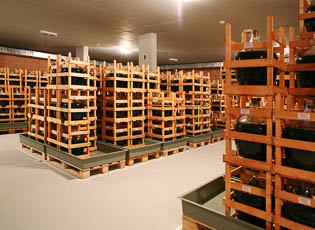

Bottled and sent out into the world
At the end of the maturation period, the mother tinctures are filtered and then bottled in 20 ml dropper bottles. It is principally pure mother tinctures that reach the market, but there are also some complex remedies, consisting of a mixture of different preparations. In addition, Ceres transforms a small selection of mother tincture into dilutions (homoeopathic potencies). Ceres remedies are recommended by chemists, chemist’s assistants, and other specialists and are prescribed by doctors.
Ceres remedies: botanical active ingredients and essence impulses for body and spirit
Roger and Hildegard Kalbermatten, the founders of Ceres, are two of the pioneers of a modern understanding of holistic plant-based medicinal products. Through his research, Dr. Roger Kalbermatten was able to establish a contemporary perspective on the mechanisms of action and the essences of medicinal plants, and he has systematically applied the resulting knowledge to the manufacture of medicinal products. The aim of his efforts is a new, yet at the same time a very old one: to unite the material and immaterial mechanisms of action in one medicine. Ceres remedies combine the approaches of phytotherapy and homoeopathy to create a single medicinal product that acts holistically.
Four stages are involved in achieving this aim:
1. Nurturing the medicinal plants in the organic cultivation suited to its surroundings
2. Preservation of the mechanisms of action through manual chopping of the plants
3. Grinding and mixing the plants in the Ceres mortar grinder
4. The maturation period in the tincture storage facility
Ceres products, the mother tinctures, complex remedies and dilutions, should be taken in very low doses – as was the case in the era of Hahnemann, the founder of homoeopathy. The average daily dosage is three drops, three times a day.

